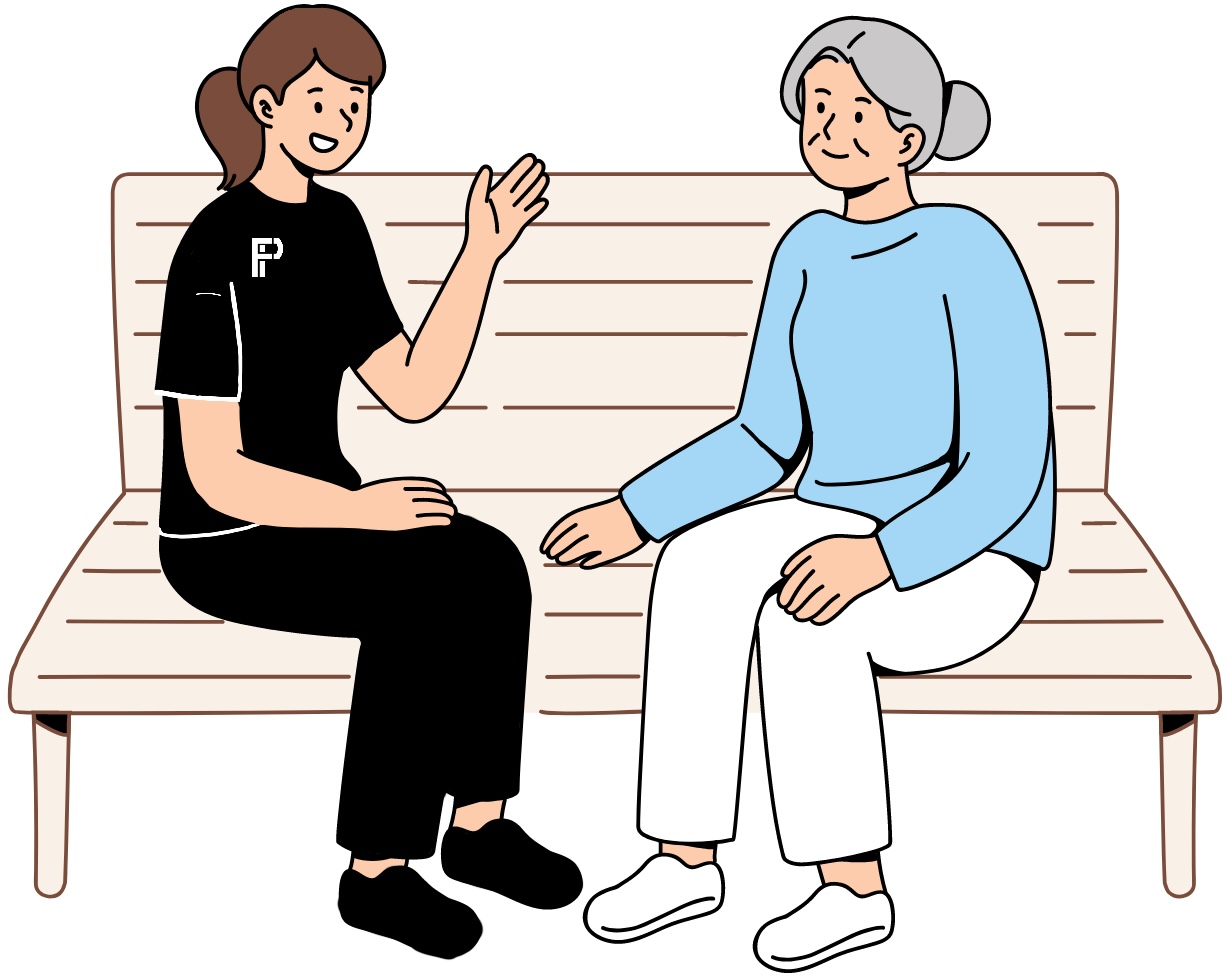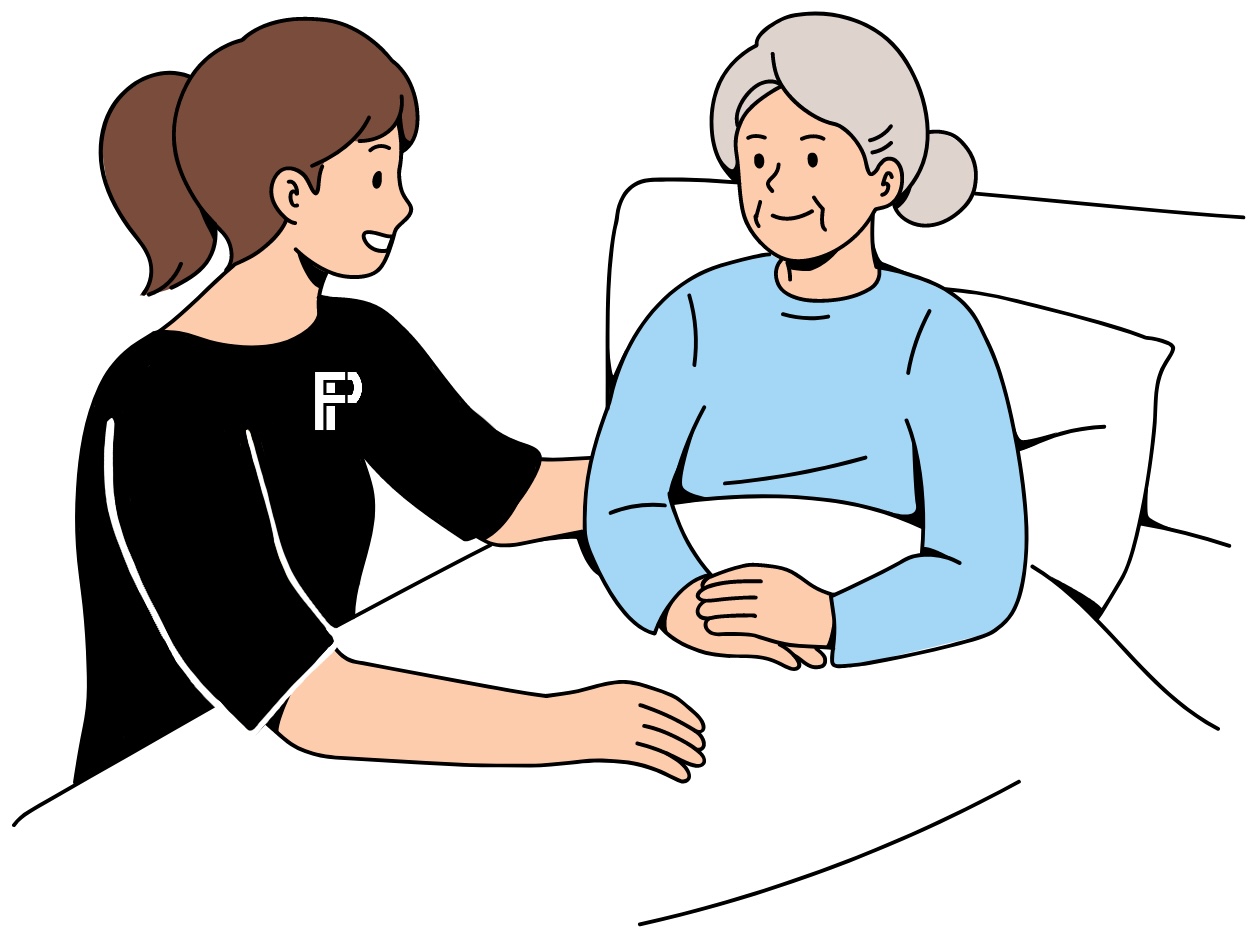“The most important thing in communication is to hear what isn’t being said”
Active Listening
Since communication starts with listening, let’s start with ‘active listening’. Active listening is a communication technique where the listener fully concentrates, understands, responds, and remembers what the speaker is saying. It involves giving full attention, reflecting back, clarifying, and empathising with the speaker to ensure mutual understanding and effective communication.
The following table outlines fundamental do’s & don’ts for active listening:
“Listening is an art that requires attention over talent, spirit over ego, others over self.”
Communication Tips:
Speak Slowly and Clearly: Enunciate your words clearly to ensure that residents can understand them. Avoid using slang or poor pronunciation that may be difficult for vulnerable people to understand.
Use Simple Language: Keep language simple and straightforward, avoiding complex vocabulary or technical terms. Use short sentences and break down information into smaller, more manageable chunks.
Repeat & Clarify: Don’t hesitate to repeat information or clarify any misunderstandings. Encourage residents to ask questions or request clarification if they don’t understand something. Be patient and willing to explain concepts multiple times if necessary.
Seek Feedback: Regularly seek feedback from residents to ensure that they are understanding and following the information being communicated. Encourage them to express any concerns or difficulties they may be experiencing with language comprehension.
Barriers to effective communication
A barrier is anything that will get in the way of communication. There are a wide range of
barriers including:
Attitude – When a worker is abrupt due to time limits, not having enough resources or their mood, the person they are speaking to may feel intimidated or frustrated and not want to communicate.
Limited use of technology – When the technological aids known to be the best way for someone to communicate are not available.
Body positioning – Sitting too close could be intimidating and would make an individual feel uncomfortable. Sitting too far away could show lack of interest or concern.
Emotions – When someone is depressed, angry, embarrassed or upset their emotions may affect their ability to think and communicate in a sensible way.
Physical – When someone has physical conditions that create communication difficulties, for example, being breathless, not having any teeth or being in pain.
Not enough time – Not giving individuals time to say what they want may make them feel rushed and reluctant to express their true wishes.
Poor or negative body language – Crossed arms or legs, poor facial expressions, poor body positioning, constant fidgeting or looking at a watch or mobile phone can all make someone less likely to communicate.
Lack of privacy – Think carefully about where and when private and confidential conversations should take place.
Stereotyping – Generalisations about a group of people that are wrong and misleading.
“Our tone of voice can enhance or hinder the effectiveness of our message, impacting how it is received and understood by others.”
Speaking with the right tone
Care workers should use a tone of voice which demonstrates respect for those you support
Speaking with a patronising or condescending tone is never appropriate. Care workers may be perceived by others as having a level of power and authority. For example, if a care worker is tasked with reminding someone to take their medication they will use a polite tone and never an authoritative (or bossy) one as this would be an abuse of power.
When speaking to someone in a care setting, try to use a gentle and respectful tone. This means speaking in a way that shows kindness and understanding, rather than sounding bossy or impatient. Remember, your tone can greatly affect how the other person feels, so always aim to communicate with warmth and empathy.
By consistently employing a tone of voice that embodies respect and empathy, care workers can create an environment where vulnerable people can feel valued, heard and secure.
“From thoughts, come things, so when you’re speaking it into existence, know what you’re saying “
For more tips, contact us for a copy of our ‘Person-Centred Care Guide’!






